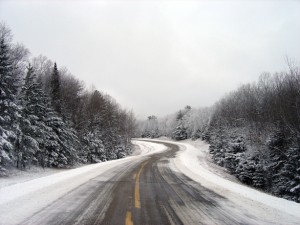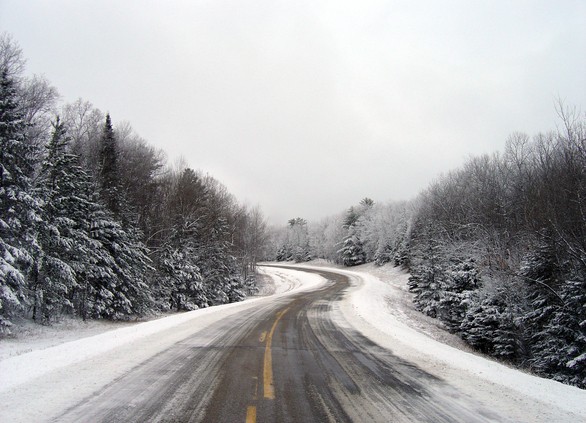WINTER DRIVING TIPS
While our winters are mild, it is cold wet and dark! And it definitely takes its toll on our cars, and maintenance and our driving habits make all the difference.
Here is a link to an interview I did with CKNW News Talk 980 on this subject: CKNW
Here are some suggestions we have to make winter driving more enjoyable.
Have your car serviced by a professional, find a repair shop you can trust before you need one – ask for a referral from friends or neighbours and have a simple service, like an oil change performed, to get a feel for what they can do for you and if they are a good fit for your service needs. Remember Tim Horton and Starbucks both sell coffee, both have a line up every morning, but offer vastly different service and quality yet both offer good value –depending on what you want. Find a shop that is a “fit” for you.
Check your Fluids:
Engine Oil
Brake fluid
Coolant /Anti-Freeze
Power Steering
Transmission
Washer fluid
Replace or inspect your Windshield Wiper Blades
Defroster – Does it clear the whole window?
Check your Lights – its not uncommon for us to find many out!
How about your Headlamp aim? Do they light up the road in the right place?
Tire pressures – pressure drops in cold temperatures, adjust the pressure as needed, but particularly when the first cold snap hits.
Purchase Winter tires WITH the SNOWFLAKE on the sidewall – Modern winter tires work much better below 7 Celsius even in dry or wet conditions, but they are definitely must on Coquihalla, Sea To Sky and northern areas of the province.
Winters give your all season tires a winter break, they don’t wear out in storage – so the life span is extended and the cost is spread over 5 or more years.
Warm up the engine for a few minutes, but not too long, make sure windows are defrosted and clear of ice and you are good to go.
If road conditions are unknown test the braking and traction periodically, where safe to do so. Let the ABS or TRACtion control do its job, if you start sliding, hold brake pedal steady and steer, if the car doesn’t correct, release brake for a second and try again.
Pack a safety kit:
A flag or other means of attracting attention
Blanket or sleeping bag
Extra clothing and footwear
Emergency non-perishable food
First aid kit
Flashlight with extra batteries
Fire extinguisher
Booster cables
Ice scraper & Snow brush
Oil and antifreeze
Paper towels or rags
Road map, Compass, GPS
Sand, road salt or kitty litter, and Shovel
Cell phone charger
Simple tip: Many cars sold in Canada have Block heater – buy a timer and extension cord, set the timer one one hour before you normally leave, and the car is warmed up and windows are clear within seconds! The fuel economy improvement of a warm engine will probably pay for the electricity it uses up.
Find more driving and car care tips at: https://www.becarcareaware.ca/



